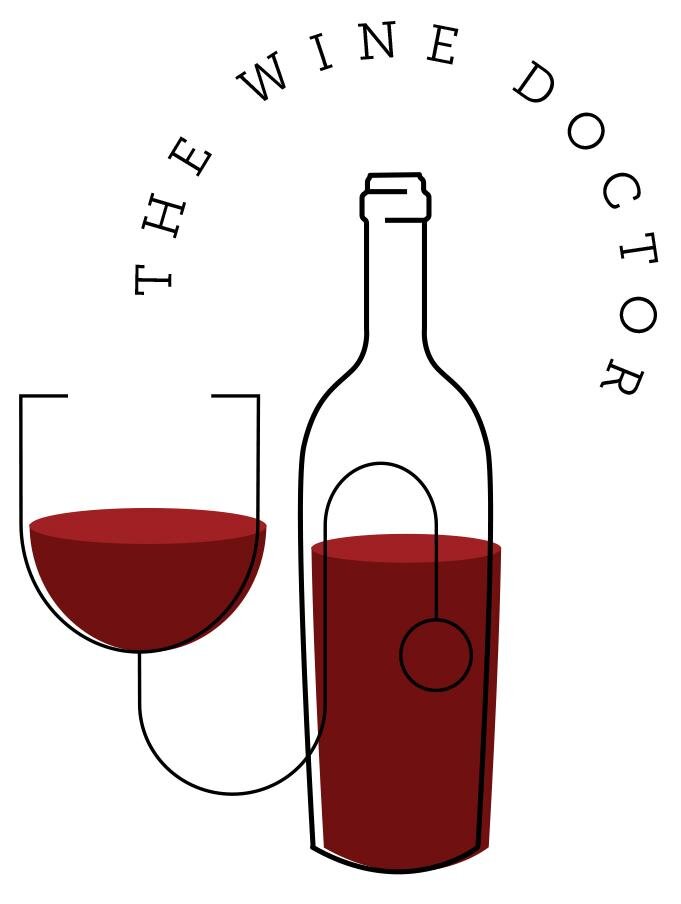Volcano Wine
Click bait. A modern day social media term: “content whose main purpose is to attract attention and encourage visitors to click on a link…”. I may have crossed the line with this title. Hopefully I don’t disappoint.
So what’s this Mea Culpa all about? What do wine and volcanoes have in common? Well, for purposes of this post, it means we are going to Sicily, home of Europe’s highest volcano: Mount Etna.
On the map, Mount Etna is adjacent to that reddish crescent north of Catania.
Mount Etna is in an almost constant state of activity. In fact, Mount Etna is very much alive right now. Here’s a recent photo:
While northern Italy tends to get all the attention, the country’s largest wine growing regions are actually in the south: Puglia (“the boot”), and the island of Sicily. Red grapes thrive in this hot, Mediterranean climate.
When it comes to Sicily, the hometown hero is a big, blue/black varietal called Nero d’Avola (“nair-oh davo-la”), meaning the “black grape from Avola”. Avola is a small village in south eastern Sicily, near Siracusa. Nero d’Avola is known for its bold, dark fruit flavors combined with fresh acidity and (sometimes) firm tannins.
Nero d’Avola has been around for centuries. It spread across the island, due in part to its hardiness and ability to produce bold fruit flavors from dry-farmed soils. Thanks to some high quality bottlings in the late ‘90s, Nero d’Avola has been re-discovered, and is increasingly appreciated for its character and affordability…and thus its suitability for a Wine Doctor post!
Our Wine: Chiaramonte Nero d’Avola 2017. Approximately $14 at my local Heinens. This wine is part of the Firriato family of wines (see below), and should be widely available.
How ‘bout that “Monte” thing? Note for some of my longer distance readers who may not know: Monte is the Doctor’s last name. But that’s not why I chose this wine.
So what does “Chiaramonte” mean? Glad you asked. It refers to a palace in Palermo (check your map) built in the early 1300s for a powerful Sicilian lord by the name of Manfredi Chiaramonte. The palace history took a dark turn from 1600 through 1780 as it became a tribunal and prison used in the Spanish Inquisition (a Monty Python reference is very tempting…).
For Old World, the label is very forgiving. It tells you where the wine is from (my U.S. label says “Sicilia”), the grape and producer. Firriato Winery is a major player in Sicily. Founded in 1984, it has grown to over 1,000 acres, producing more than 4 million bottles of red, white and sparkling wine from 6 different estates. It is still owned and managed by the di Gaetano family. Our wine comes from the western part of the island, near Trapani.
Firriato’s resort, Baglio Soria, overlooking the vineyards in Trapani
Tasting:
The Chiaramonte is a medium ruby in the glass. On the nose, it leads with dark fruits: black cherry and plum. Behind that maybe some smoked meat and, not sure if I’m imagining this, volcanic rock?? That first sip delivers a big, bold, dark fruit hit right up front. The plum on the nose has become more like plum sauce. In the background there are some minor leather & tobacco notes, which Nero d’Avola can have. On the mid-palate, the tannins kick in, helping to create that full-bodied style. Acidity is solid though, keeping the wine in nice balance. And the finish is super long. The Chiaramonte spent only 6 months in oak, and at 13.5% alcohol is on the lighter end. This helps produce its fresh style.
Food:
Meat lovers rejoice! Nero d’Avola pairs well with rich meats. Its bold flavors, healthy acidity and tannin structure stand up to fats & oils, really enhancing the meal. You should think of things like short ribs and beef stew. Mushrooms are a great match too. You can even do something like oxtail soup! Of course, your Thursday night hamburger will do just fine, as will pastas with full bodied, acidic sauces.
The Bottom Line:
Nero d’Avola: what a discovery! This is a surprisingly complex wine, especially for the price. It’s evolving layers keep you coming back. Some Neros can be a little bigger and more tannic, so I recommend trying a couple over time to find the style you like best. In addition to our Chiaramonte from Firriato, look for Neros from other quality producers such as Planeta, Donnafugata, Feudo and Morgante.
So…once again it’s time to expand your wine horizons. Give the “black grape” a try. What’s stopping you? A volcano?
Until next time,
Cheers!




